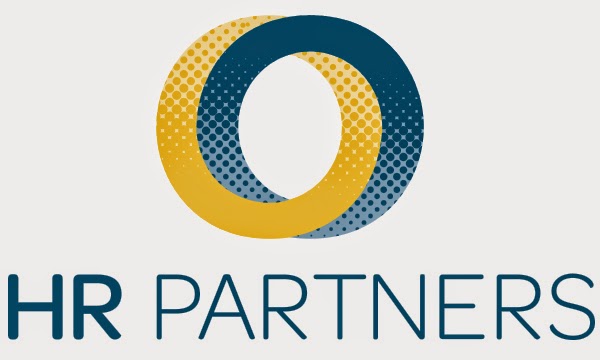There is a tremendously valuable think tank for every
business that most companies do not even turn to for free advice. So, where do
you need to go for quality ideas that can save your company money…your own
employees. Seeking and acting on employee ideas can save the employer money in
addition to building a sense of ownership among the workers.
Employee suggestions can have a significant impact on
business productivity, revenue and the overall effectiveness of the entire
organization. This group is on the front lines of customer relations, the
company processes and much more every day. They know first-hand where the inefficiencies
and delays are in the company. Below are the seven steps you can take to not
only increase employee engagement but save your company some serious money
while increasing productivity.
1) People Need to be Listened To. When
employees feel like they are not being listened to, there is psychological
affect that makes them withdraw. However, the opposite is true as well. When
employees see ideas are being used they are more willing to open up and share.
According to a Society for Human Resource Management (SHRM) poll, on average
one-fifth of workers say their opinions count at work. If you increase that to
one-third, profitability also increases by 6%. Safety, customer satisfaction
and employee retention all rise, too.
2) Solicit Ideas from Engaged Employees.
Engaged employees have been found to provide more useful ideas. In fact, Gallup
conducted a survey that found ideas offered by less engaged workers saved a
company $4,000 on average versus the most engaged workers who saved the company
on average $11,000.
For more information on how to increase productivity by
giving employees a bigger voice, contact Lowden & Associates at
770.248.0401.


